Online Program Brings Power of Immersive Space Simulations to STEM Learning
By Jane Gallagher
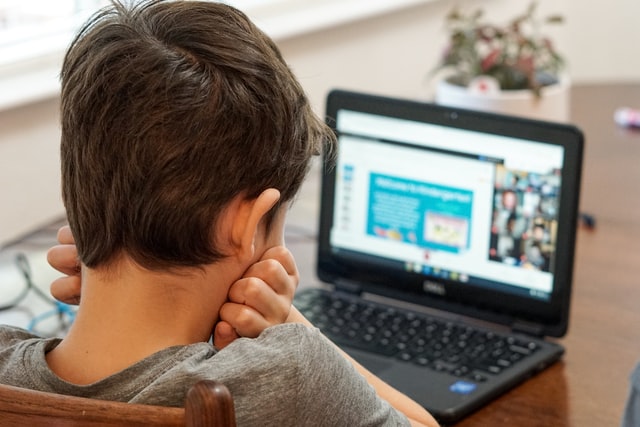 Photo by Thomas Park on Unsplash
Photo by Thomas Park on Unsplash
Online learning has increasingly become a viable option for schools and districts to provide their students with improved access to a greater number of the courses they need. Teachers are becoming more adept at incorporating online resources into their daily instruction, and the oldest K-12 online programs are now more than twenty years old. Hundreds of thousands of students are using online instruction either full-time, or to supplement their local school’s offerings. Today, students have many choices to utilize the power of online education to make learning personal and meaningful to them.
- 0 Comments
- Nov 30, 2020 10:00:00 AM
- Posted by Natalia Galvis
- Topics: EdTech, STEM, Curriculum, teachers, students, Technology, AR, Edchat, Digital Technology, teaching, online, lessons, eLearning
Can AR Be The Antidote to Virtual Classroom Shortcomings?
By PARKER MCDONOUGH.
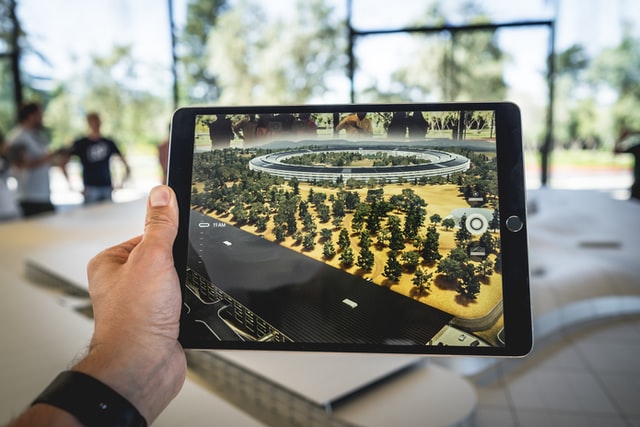 Photo by Patrick Schneider on Unsplash
Photo by Patrick Schneider on Unsplash
Distance learning can impede hands-on learning experiences, but AR has potential to increase virtual student engagement
- 0 Comments
- Nov 25, 2020 10:00:00 AM
- Posted by Natalia Galvis
- Topics: EdTech, STEM, Curriculum, teachers, students, Technology, AR, Edchat, Digital Technology, teaching, online, lessons, eLearning
How to Raise Your Kids to be Geniuses? 3 Science-Backed Techniques
By Shreiya Aggarwal-Gupta
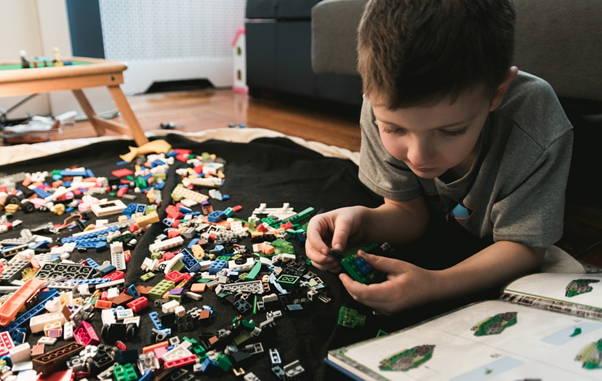 Source: Unsplash.com
Source: Unsplash.com
All the parents in the world have one goal in common: to help their children be the best at whatever they do. (Those who say they don’t will still read this article.)
The obvious place to test that out – at least on an intellectual level – is school. “Does my kid understand stuff better than others and show the propensity to retain and use information?” is a common question that comes to a parent’s mind, even if they don’t pressurize children to do well, by any stretch of imagination.
In my experience as an early education and STEM blogger, there is no guaranteed way to do this. But yes, there is a definite path you can handhold young kids along – it’s easier the earlier you start – and there are tons of science-backed activities you can try out to make your child that bit smarter than they’d otherwise turn out to be.
- 0 Comments
- Nov 24, 2020 10:00:00 AM
- Posted by Natalia Galvis
- Topics: EdTech, STEM, Curriculum, teachers, students, Technology, Edchat, Digital Technology, teaching, online, lessons, eLearning
An Alternative App To The Discontinued Google Expeditions Is Available For Educators
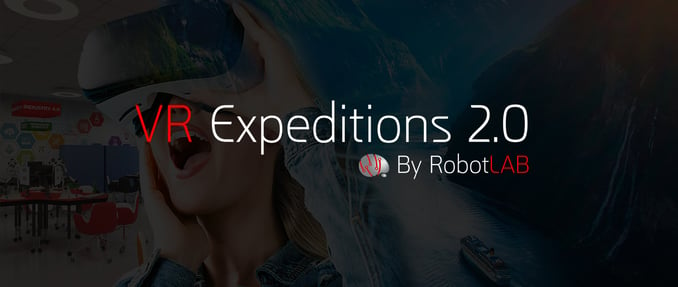
A long-time Google Expeditions partner, stepped up to fill the gap created by Google’s decision to sunset the popular app, introducing VR EXPEDITIONS 2.0
San Francisco, Nov. 20, 2020, - RobotLAB Inc., the leading educational robotics company, announced today the general availability of VR Expeditions 2.0 for classroom teachers. The company created the virtual field trip app and content management system in partnership with Encyclopedia Britannica, following Google’s decision to sunset the Expeditions App as publicly shared on Nov. 12, 2020.
- 0 Comments
- Nov 23, 2020 11:00:00 AM
- Posted by Natalia Galvis
- Topics: EdTech, STEM, Curriculum, teachers, students, Technology, VR, Realidad Virtual, Edchat, Digital Technology, teaching, online, Virtual Reality, virtual learning, lessons, eLearning
Using PBL to Boost Online Engagement
By Amy Nichols
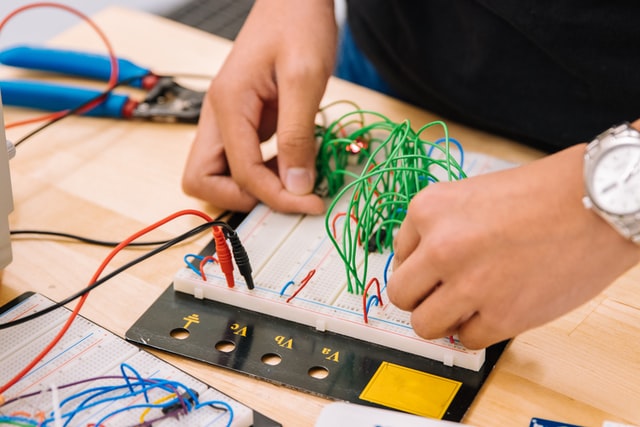 Photo by Jeswin Thomas on Unsplash
Photo by Jeswin Thomas on Unsplash
This period of remote teaching is a good time to start using project-based learning, which encourages authentic work and creativity.
- 0 Comments
- Nov 23, 2020 10:00:00 AM
- Posted by Natalia Galvis
- Topics: EdTech, STEM, Curriculum, teachers, students, Technology, Edchat, Digital Technology, teaching, online, lessons, eLearning
Supplementing Remote Learning With Non-traditional Education
By Daniel Farkas
Sometimes, educational experiences are found in the least likely of places--especially during remote learning.
 Photo by Kimberly Farmer on Unsplash
Photo by Kimberly Farmer on Unsplash
- 0 Comments
- Nov 20, 2020 10:00:00 AM
- Posted by Natalia Galvis
- Topics: EdTech, STEM, Curriculum, teachers, students, Technology, Edchat, Digital Technology, teaching, online, lessons, eLearning
Tech Trends that Will Influence Education in 2021
By Jonathan Brown
 Photo by Feliphe Schiarolli on Unsplash
Photo by Feliphe Schiarolli on Unsplash
Technology is advancing from day to day, changing our lives in the nick of time. There is no denying that the appearance of the internet and various devices changed the way we learn forever. Let’s look at the most significant EdTech trends that will transform education in 2021.
- 0 Comments
- Nov 19, 2020 10:00:00 AM
- Posted by Natalia Galvis
- Topics: EdTech, STEM, Curriculum, teachers, students, Technology, Edchat, Digital Technology, teaching, online, lessons, eLearning
5 STEM Skills Needed in Non-Tech Industries
By Devin Partida
STEM is one of the most versatile fields out there. It incorporates countless skills like data analysis and technical knowledge that professionals can then apply to a variety of industries. Remaining in STEM is not the only option available. Taking that expertise and using it elsewhere opens up opportunities in every industry imaginable.
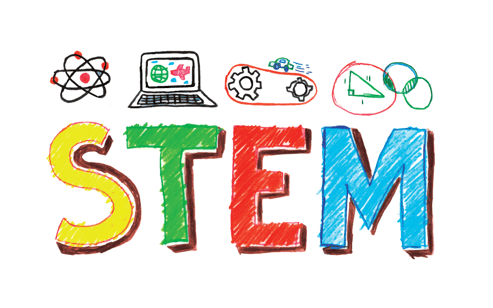
- 0 Comments
- Nov 18, 2020 10:00:00 AM
- Posted by Natalia Galvis
- Topics: EdTech, STEM, Curriculum, teachers, students, Technology, Edchat, Digital Technology, teaching, online, lessons, eLearning
Why Fostering Creativity is so Important and How EdTech Can Help
When we think of creativity, most of us will readily associate it to art, from painting to composing music to writing fiction. But the act of being creative is much more than that: a person can be a creative thinker even if they never pick up a paintbrush or a musical instrument.
 Photo by Alice Dietrich on Unsplash
Photo by Alice Dietrich on Unsplash
You are being creative when you decide on a catchy slogan for your product; you are being creative when you pitch your own idea for a small business; and most of all, you are being creative when you are presented with a problem and come up with a unique solution.
In a world where having original ideas sets humans apart from machines, thinking creatively is more important than ever and educators have a responsibility to foster, not stifle their students’ imagination.
- 0 Comments
- Oct 16, 2020 10:00:00 AM
- Posted by Natalia Galvis
- Topics: EdTech, STEM, students, Technology, Edchat, coronavirus, online, covid19, lessons, creativity
Robots will never replace teachers but can boost children's education
By Laura Fields
Say a man is walking in the woods, and he suddenly finds a fence in the middle of nowhere. The fence has no apparent purpose. A careless man might simply tear it down, not seeing the point of leaving it standing. A cautious man will first try to learn why it was built in the first place and then decide.
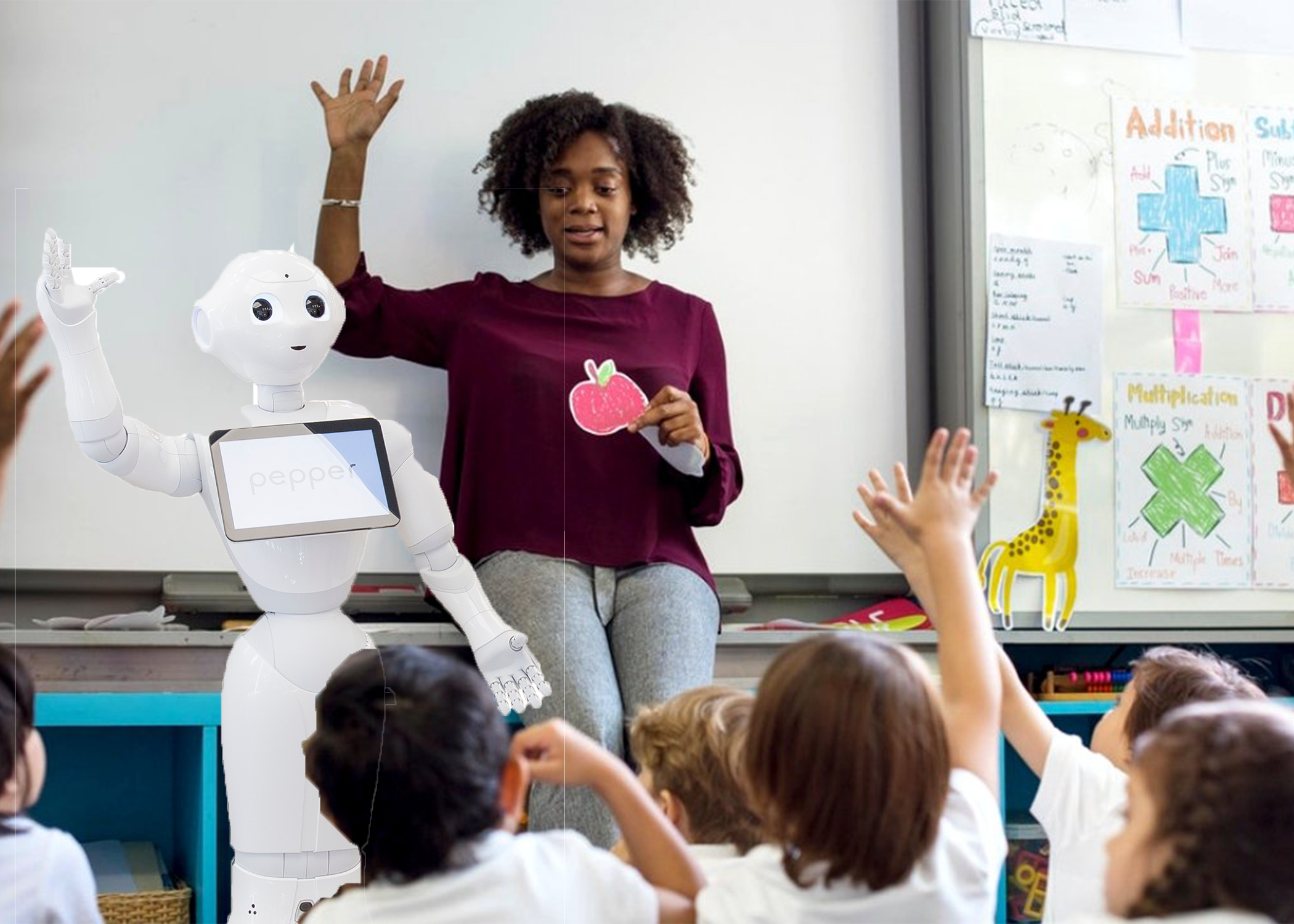
Our tens-of-thousands of years-old civilization carries with it some antiquated, vestigial practices that need to be updated. But how do we distinguish between what is old because it works, or it is old because nobody has gotten to changing it yet? The answer is caution and observation.
Nowhere is this question more relevant than teaching, especially in a time when nature seems to have taken the choice out of our hands. Like it or not, alternatives to traditional teaching need to be implemented as soon as possible.
- 0 Comments
- Oct 14, 2020 10:00:00 AM
- Posted by Natalia Galvis
- Topics: EdTech, STEM, students, Technology, Edchat, online, lessons
Relevant Posts
Popular Posts
Subscribe to Email Updates
-
I Want To Learn MoreADDITIONAL INFORMATION


